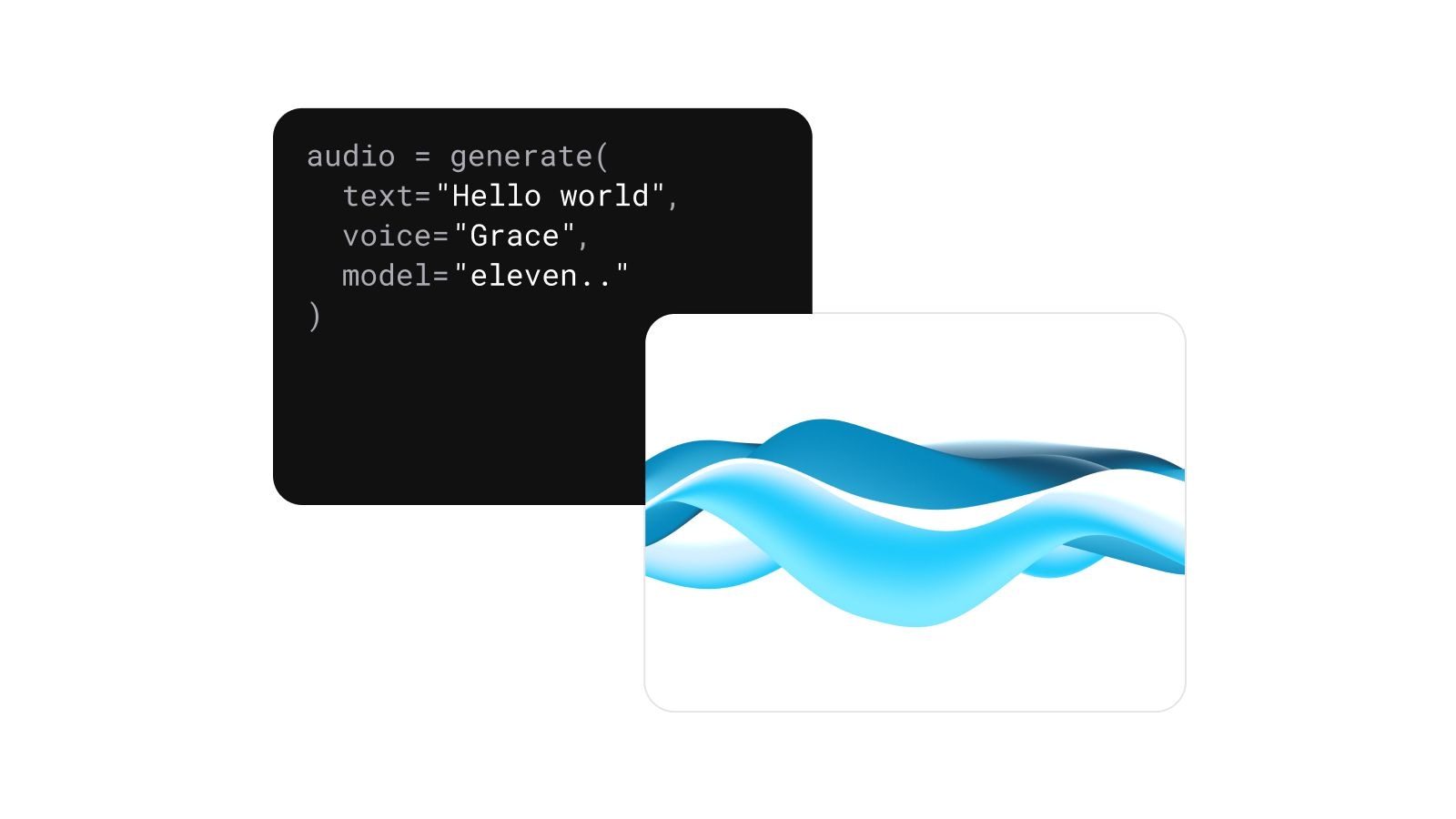
Easily integrate our low-latency Text to Speech API and bring crisp, high-quality voices to your applications with minimal coding effort
Bring virtual experiences to life with compelling text to speech narration.
A silent virtual experience can feel incomplete. Without narration, a virtual museum tour lacks context, an online travel guide feels impersonal, and an educational VR simulation struggles to hold attention. Adding a voice to these experiences provides a layer of realism, making the content feel alive and engaging. Text to speech (TTS) technology plays a crucial role in this transformation, offering natural-sounding, customizable narration.
When it comes to storytelling, narration style matters just as much as the words being spoken.
The right voice can add depth, pacing, and personality, making an experience more compelling and memorable. Voice adds tone, pacing, and emphasis, molding a passive virtual experience into an interactive journey. It’s why guided museum tours have human narrators and why video games rely on voice acting to draw players into their worlds.
In virtual and augmented reality, a voice can bridge the digital world and the user.
A well-placed narration can provide historical context, offer navigational guidance, or make the experience more engaging. Instead of requiring users to read paragraphs, text to speech allows them to listen and stay immersed in the environment without growing bored. Try Eleven v3, our most expressive text-to-speech model yet.
TTS is also a cost-effective and quick solution for businesses and content creators. With AI-generated speech, narration can be created on demand, edited effortlessly, and even adapted to different languages with minimal effort.

As we’ve touched upon above, advanced text to speech tools are excellent additions to virtual tours and immersive experiences.
Let’s explore the benefits in more detail:
A voice can shape how we perceive a story. A flat, robotic delivery can dull even the most thrilling content, while expressive speech draws listeners in. AI-powered TTS platforms now offer speech synthesis that replicates human speech through voice, pace, and emotion.
Imagine a digital art gallery tour using an enthusiastic virtual narrator to bring paintings to life, or an educational science simulation incorporating a more mysterious tone to maintain curiosity and excitement.
Although subtle, these elements keep users engaged and immersed.
Not everyone experiences digital content the same way.
TTS is an essential accessibility tool for visually impaired users or those who struggle with reading. Spoken narration ensures everyone can engage with virtual environments, making content more inclusive.
Accessibility also extends beyond specific impairments. TTS benefits users who prefer audio over text. Many people absorb information better when they hear it rather than reading it. By incorporating narration, virtual experiences become more intuitive and user-friendly.
Many virtual tours cater to international audiences. Instead of creating separate recordings for each language, TTS allows for real-time multilingual support.
Users can switch between languages at the click of a button, allowing them to experience the environment in their native language.
For example, a virtual tour of the Louvre can provide descriptions in French, English, Spanish, and Mandarin in an instant. This type of language adaptability breaks barriers and ensures everyone feels included.
Producing high-quality voiceovers can be expensive, especially for large-scale virtual projects. TTS eliminates the need for costly recording sessions and professional voice actors, allowing businesses to scale their experiences on a budget.
Moreover, updates and modifications are also easier. If a virtual museum adds a new exhibit, a new narration can be generated instantly, avoiding the time and expense of hiring a voice actor for minor changes.
Adding TTS to a virtual environment is easier than ever, thanks to the availability of AI-powered speech tools and developer-friendly APIs. Here’s how to get started.
Choosing the right voice is paramount to creating an immersive virtual experience. A historical documentary might need a deep, authoritative tone, while a children’s VR adventure will benefit from a warm, energetic narrator.
Advanced text to speech platforms like ElevenLabs offer voice selection and customization tools that allow creators to experiment with different styles before deciding on the best fit.
Most modern TTS solutions, including ElevenLabs, provide easy-to-use text to speech APIs that can be integrated into digital experiences. The process typically involves:

Easily integrate our low-latency Text to Speech API and bring crisp, high-quality voices to your applications with minimal coding effort
Speech Synthesis Markup Language (SSML) is a powerful tool for fine-tuning TTS output. It allows developers to add pauses, emphasize words, and control pronunciation, making narration sound more natural.
SSML is especially useful for experiences that require dramatic storytelling or precise articulation.
Testing is essential to ensure the best experience. Listening to TTS-generated speech within the virtual environment helps identify areas where pacing, pronunciation, or emphasis might need adjustments. Gathering feedback from users can also highlight ways to refine the narration further.
Adding voice to a virtual experience helps users feel more connected and engaged. Well-crafted narration can pull viewers in and keep them engaged during a virtual tour, storytelling adventure, or interactive learning model.
Text to speech technology makes it easier than ever to incorporate high-quality voiceovers without the blood, sweat, and tears of endless recording sessions. And this is just the beginning. As AI-driven speech synthesis continues to become more natural and expressive, the future of virtual experiences will be more engaging, accessible, and adaptable than ever before.
Stay tuned for more exciting updates!

Increasing physician reach by 30% and cutting admin time by 10 hrs/week

AI agents pre-qualify ~210,000 calls per month, concentrating licensed capacity on eligible demand.
Powered by ElevenLabs Agents